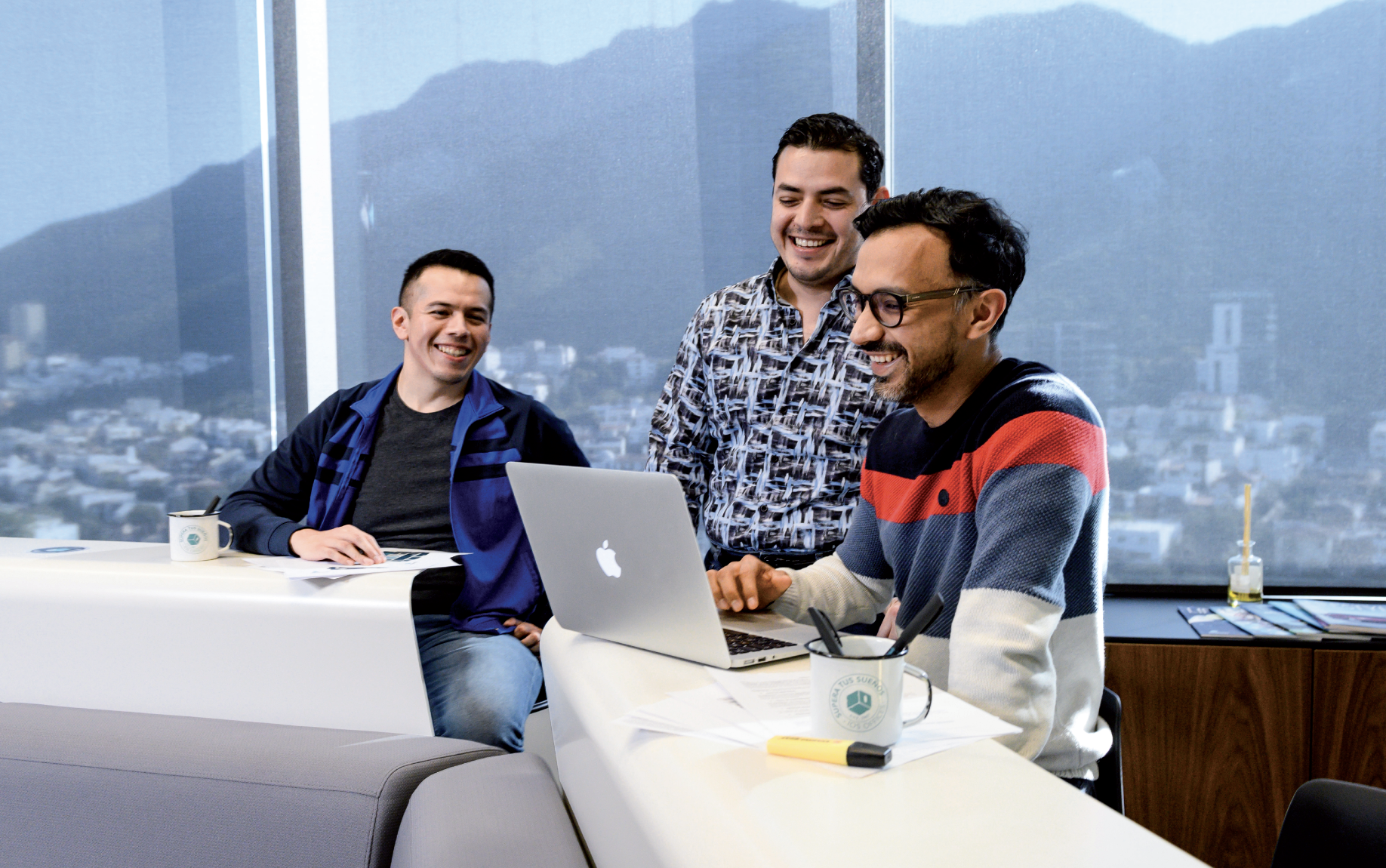BOOTSTRAPPING: A FORGOTTEN BUSINESS MODEL
Javier García Iza
CEO
IOS OFFICES
The number of ventures that survive exponential growth and become unicorn companies is narrow. In 2020, the US had the highest quantity of unicorn companies worldwide with 487; however, more than 1.5 million new companies were registered. Every year, numerous companies are unsuccessful and hardly any survive longer than five years.
A few weeks ago, an entrepreneur and friend, let’s refer to him as Alex, visited me. He’s had a recycling business for a few years now and he asked me to join as an investor and mentor. His presentation was on point, with clear metrics, great forecasts, a business approach, and strategic plans.
Up to this point, he is the sole owner of the company’s assets, and has only gotten “informal” financial support from friends and family. If I were to become an investor, Alex offered a very significant share of the company. In the short run, we’d be diluting our shares to new investors.
OUTSIDE THE NORM
After listening to his presentation, I asked him a series of questions to better understand “why and for what?” did he need the money. Basically, he needs it to grow his business by buying a specialized machine that significantly increases production. According to his metrics, last year, he had around US$200,000 in revenue and with this new equipment, the company could grow 130 percent.
I then asked, “Why not ask for a bank loan instead of reaching out to investors?” To my surprise, he answered: "That's what everyone is doing and what they taught me in school." What astonished me was that he was looking to grow without considering the consequences of diluting his shares.
In school and at entrepreneurship events, the norm has become that the go-to way to grow or create a startup is through investors, while a much more traditional approach has been completely forgotten.
When I started exploring alternatives, like a traditional bank loan or leasing, Alex looked at me, utterly surprised, as if it was something he had never heard of. Clearly, he hadn't approached any banks and had no idea how to do so or where to start. He simply had never heard any of this before. He thanked me and then asked where and how to start walking down this path.
My advice was to compare traditional financing systems versus seeking investors.
BOOTSTRAPPING
Thanks to Alex's approach, something that I already knew came to my attention. I noticed that in the entrepreneurial ecosystem the tendency runs toward growth through capital acquisition, even though this has a higher failure probability.
For new companies to succeed, there’s another approach, a forgotten business model: bootstrapping.
Bootstrapping is characterized by a company being self-financed by its owner and revenue. The business is launched with a small amount of money and starts having organic growth, all while allowing the entrepreneur to maintain control over the company.
Even though bootstrapping has a much higher probability for success, growing through capital acquisition might make more sense for digital companies. Since their income is not linearly related to costs, there’s a higher chance to succeed with an aggressive financing method. On the other hand, with a conventional business, like Alex’s company, where plastic is bought, processed, and sold, if you want greater sales, more resources are needed, causing revenue to be proportional to its costs.
A great example of this is Nebraska Furniture Mart, founded by Rose Blumkin. Having invested only US$2,500, she took a traditional business growth path and years later, her company was sold for US$60 million. Another one is Enterprise Rent-A-Car, whose founder Jack C. Taylor, after failing on another entrepreneurship, learned and worked on, growing his leasing business at a paced rhythm; today, it’s worth US$23.9 billion. Neither of them invented something new, they simply worked toward revenue through customer-based and self-financed strategies.
ORGANIC GROWTH
When growing a company organically, there’s a higher probability of reaching success through a bootstrapping business model, rather than expecting quick exponential growth. With bootstrapping, investment comes from the owners, sweat equity, and income flow. Counter to a higher capital risk incited by having investors, bootstrapping can be very beneficial for the organic growth of companies while allowing owners to maintain control. Also, via bootstrapping, there’s the option to receive further financing from investors.
Alongside my brother Adrián, I founded IOS OFFICES in 2007. We did not create something new, we sought to innovate office culture by offering workspaces where happiness plays a key role to generate a productivity-filled environment and community. Through creating magical and gratifying experiences, we have 40 Business Centers in 12 of the most prestigious locations in the country. In only 14 years, we have become the leading company in co-working, winning prizes as the best offices to work in, due to design, productivity, and happiness in the workspace.
Throughout IOS OFFICES’ growth, we had the opportunity to receive external investments; however, we decided to opt for a bootstrapping business approach. Risking our savings and dreaming big, working hard alongside our team to accomplish our vision of IOS OFFICES. Undeniably, we had to be ingenious, creative, and maximize all our resources. Since then, our growth has been sustainable, allowing us to open more Centers, thanks to a business model we never forgot.
Facebook: javiergarciaiza
Instagram: javiergarciaiza
LinkedIn: Javier García Iza
Mexico Business News offers access to the most relevant information about different industries, including articles of important business leaders, amongst them, our CEO Javier García Iza, who shares his latest publication about bootstrapping, a fogotten business model that helped IOS OFFICES' growth.






